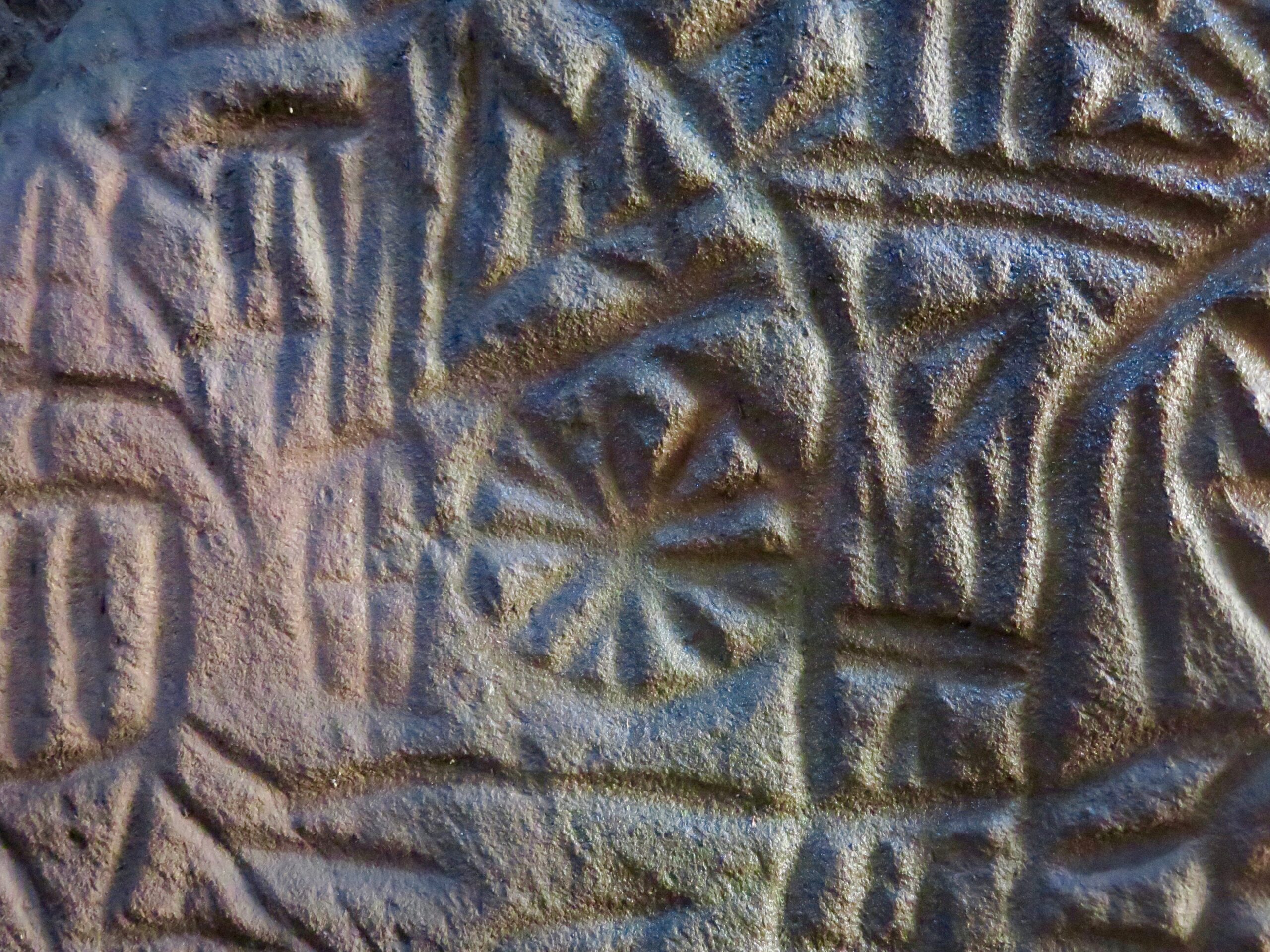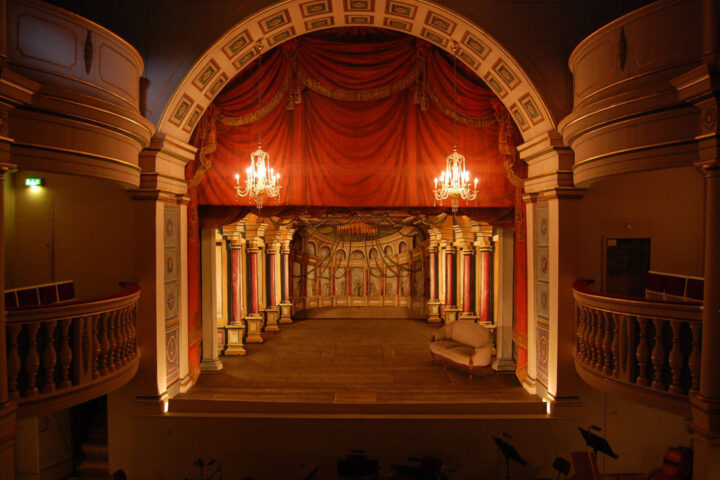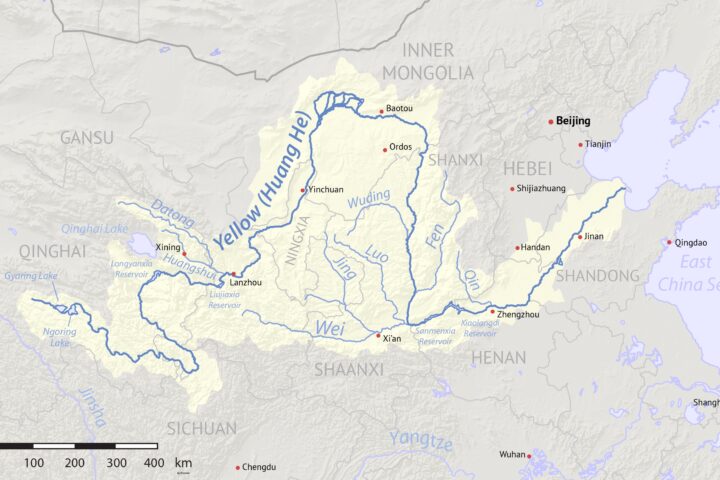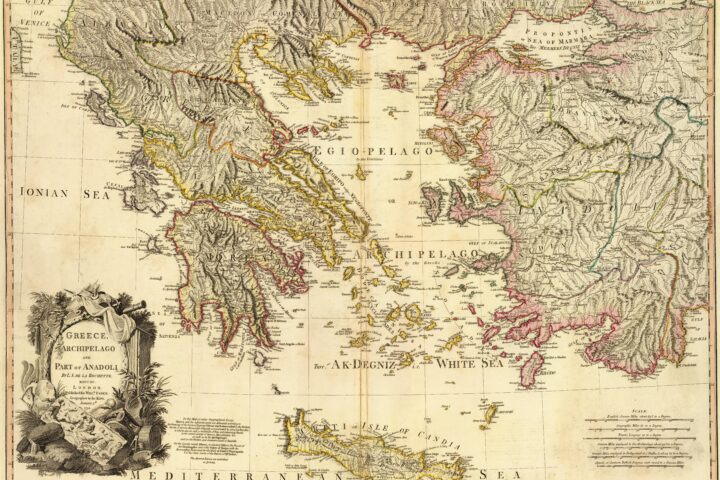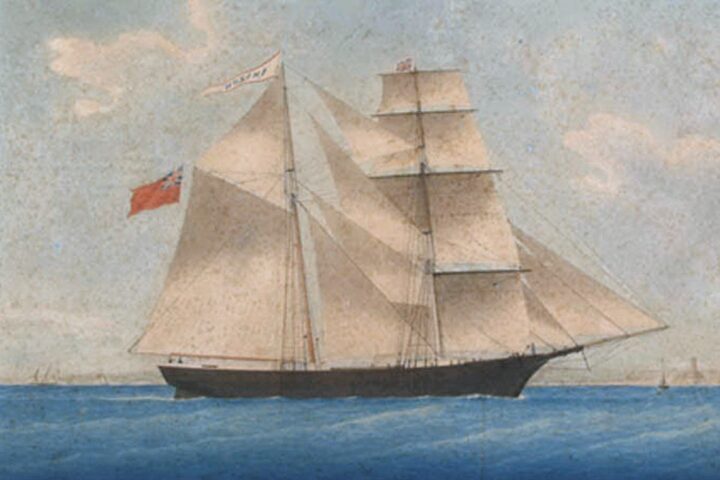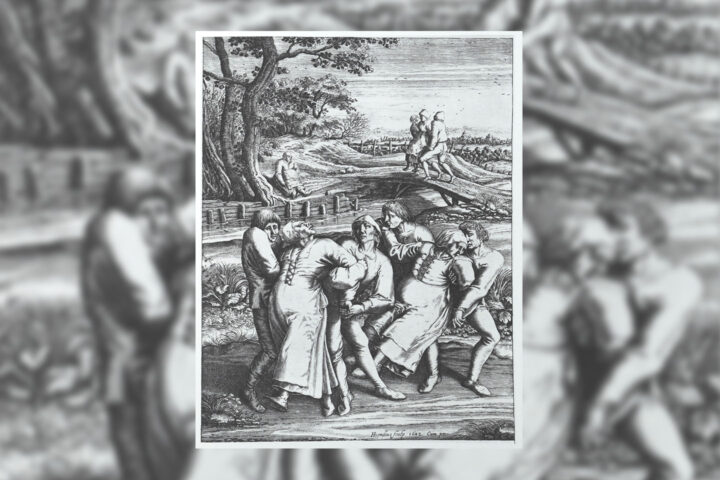Source: Wikimedia_Prehistoric_petroglyphs_in_the_Edakkal_Caves_Wayanad_Kerala_India_By Ms Sarah Welch – Own work, CC BY-SA 4.0
Petroglyphs, ancient rock carvings, are merely a monument to the creativity and ingenuity of our ancestors. The timeless works of art, pictured on rocks and cliffs across the world, give us a view of early human lives, beliefs, and cultures. For all their durability, however, petroglyphs face the greatest dangers of erosion, weathering, and human activity. In this article, we will delve into the world of petroglyphs concerning their history and importance as well as the dangers they face.
The History of Petroglyphs
Petroglyphs date back to the Paleolithic era, when they were first made 40,000 years ago. These early carvings were quite simple, as people at that time mainly used stones and antlers for their tools. People drew mostly animals, such as mammoths, bison, and deer. Once humans evolved into more developed societies, petroglyphs became a lot more advanced and precise, containing religious symbols, astronomical observations, and narratives.
The art of petroglyph creation spread all over the world with examples every continent. North America boasts some intricate petroglyphs created by Native American tribes related to their myths, legends, and spiritual beliefs. Some very sensitive and intricate carvings created by ancient civilizations like Celts and Vikings in Europe often took on religious symbols and runes. Africa also boasts of rock art sites like Tsodilo Hills in Botswana, hosting a wide array of petroglyphs that include animals, human figures, and abstract symbols.
Importance of Petroglyphs
Petroglyphs provide the world with rich insights into the lifestyles, beliefs, and cultures of the ancient peoples. It gives an abstract interlinking with the past and makes it easier for people to think about the worldviews and experiences of their ancestors. Through petroglyphs, archaeologists can find out about the social structures, economic activities, and environmental conditions of early civilizations.
Petroglyphs, being these, are also rich cultural and historical records. Most of them are sacred sites among the indigenous communities, and preservation of the sites is vital in terms of maintaining cultural heritage. More importantly, petroglyphs are powerful educational and outreach instruments, inspiring a sense of curiosity and appreciation for ancient art and history.
Challenges that face petroglyphs
Although petroglyphs are permanent, they are not protected against a lot of dangers which can lead to their loss. The most common dilemma is erosion caused by wind, rain, or temperature changes. Erosion may make the petroglyph faint with time or completely disappear.
Another danger to petroglyphs is vandalism. At times, people damage or destroy petroglyphs from ignorance or malice. This would impact irreplaceable cultural resources.
Human activities like mining, construction, and agriculture may also harm petroglyphs. The land clearance, siltation, and pollution resulting from these human activities all work together to degrade petroglyph sites.
Many measures are taken to save petroglyphs from these dangers. These comprise of the following;
- Archaeological surveys: They identify and record sites where the petroglyphs are available, raise people’s awareness, and assist in their protection.
- Site management: Such comprises erosion control, vandalism prevention, and reduction of human activities around such sites.
- Public education: Educating people at large about the importance of these petroglyphs and how they have to be preserved.
- Legislations: Developing regulations that restrict the degradation or deterioration of petroglyphs.
- Community engagement: Involving communities at the local level in the conservation efforts for petroglyphs to ensure ownership.
Despite all these, it is evident that petroglyphs still face a lot of danger. There is a need to keep striving to prevent these historical items from being destroyed forever and instead ensure that generations to come get to view them.
Effects of Climate Change on Petroglyphs
Climatic change has become one of the most critical threats to petroglyphs worldwide. Increased temperatures, changed patterns of precipitation, and increased occurrences of extreme weather events lead to erosion and acceleration of weathering processes and growth of invasive species. The list of impacts is as long as there are sites with petroglyphs and climate change.
For example, higher temperatures lead to faster velocities of thermal expansion and contraction of rocks. Such phases may induce crack-forming and fissures, increasing the potential for rock erosion. Changes in precipitation patterns may increase the rate and intensity of rain events, which enhances the erosion of petroglyphs.
Climate change also impacts the distribution and behavior of invasive species. Many alien plants are more drought- and heat-tolerant than the native species, which means they tend to displace the native vegetation and access resources better. This changes soil properties and microclimates, thus causing some kind of adverse impacts to the petroglyphs.
The Role of Technology in Petroglyph Preservation
Modern technology is increasingly being used to preserve petroglyphs. Advanced imaging techniques, such as lidar and ground-penetrating radar, can identify and document sites containing petroglyphs in remote or otherwise inaccessible regions. The technologies used can also be allowed to monitor the condition of the petroglyph over time and detect signs of degradation.
Other types of digital models of petroglyph sites are made through virtual reality and augmented reality (VR/AR). Replicas with the help of these technologies are also useful for increasing public awareness of the importance of petroglyphs and the ongoing threats from such factors as tourism, development, and vandalism. VR/AR can also offer a virtual tour of a petroglyph site; this way, even people who cannot visit these areas in person can see these ancient inscriptions.
Future of Petroglyph Preservation:
The uncertainty of their future preservation is very concerning because the restoration process in itself bears within it many problems. However, all is not doom and gloom because there is hope not only for these artworks themselves, but also for the way that they are preserved until their end. Protecting petroglyphs against their threats by combining traditional methods with currently exploited cutting-edge technologies can take these old artistic masterpieces safely into the future where the next generations will be able to continue appreciating them.
One very promising avenue in the conservation of petroglyphs is the development of sustainable tourism. Sustainable tourism can allow responsible tourism and investment in local communities to ensure the revenues generated from tourism are used to support the least impactful actions against the conservation environment.
The most important step is to continue spreading awareness about how essential such petroglyphs are and what dangers they are increasingly being exposed to. Educating the people about these ancient works of art will promote stewardship in society and encourage people to move forward to protect them.
Petroglyphs provide a significant asset to our cultural and historical heritage which should be respected and conserved for the benefit of generations yet unborn. Therefore, with the potential power of technology and responsible tourism, we can address this challenge given by climate change, vandalism, and human activities toward safeguarding these ancient gems as sources of inspiration and education for many centuries to come.
Sources:
- https://www.bradshawfoundation.com/china/vanishing_civilization/index.php
- https://www.himalayanclub.org/hj/73/7/imagery-on-stone/
- https://www.researchgate.net/profile/Jose-Berenguer/publication/281375262_THE_VANISHING_LANGUAGE_OF_ROCK_ART_IN_THE_ANDES_OF_ATACAMA/links/55e4720c08aede0b57356fee/THE-VANISHING-LANGUAGE-OF-ROCK-ART-IN-THE-ANDES-OF-ATACAMA.pdf
- https://www.himalayanclub.org/hj/68/16/the-hidden-petroglyphs-of-ladakh/

